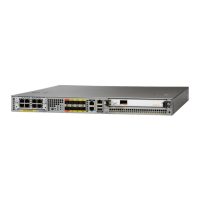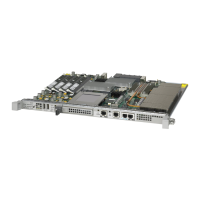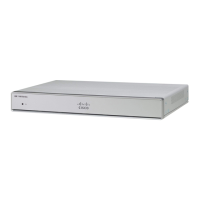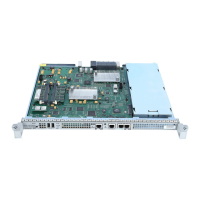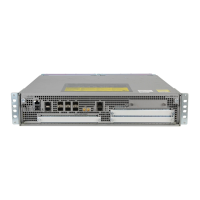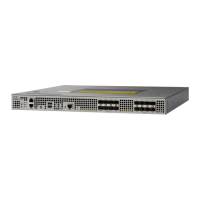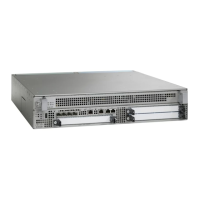10-9
Cisco 10000 Series Router Quality of Service Configuration Guide
OL-7433-09
Chapter 10 Overhead Accounting
Configuring Overhead Accounting in a Hierarchical Policy
Step 7
Router(config-pmap-c)# shape [average] rate
[account {{qinq | dot1q} {aal5}
{subscriber-encap}} | {user-defined offset
[atm]}]
Shapes traffic to the indicated bit rate and enables overhead
accounting.
(Optional) average is the committed burst (Bc) that
specifies the maximum number of bits sent out in each
interval. This option is only supported on the PRE3.
rate indicates the bit rate used to shape the traffic, in bits per
second. When this command is used with backward explicit
congestion notification (BECN) approximation, the bit rate
is the upper bound of the range of bit rates that are
permitted.
account enables ATM overhead accounting.
qinq specifies queue-in-queue encapsulation as the
BRAS-DSLAM encapsulation type.
dot1q specifies IEEE 802.1Q VLAN encapsulation as the
BRAS-DSLAM encapsulation type.
aal5 specifies the ATM Adaptation Layer 5 that supports
connection-oriented variable bit rate (VBR) services.
subscriber-encap specifies the encapsulation type at the
subscriber line. For more information, see the
“Overhead
Accounting and Hierarchical Policies” section on
page 10-6.
user-defined indicates that the router is to use the offset
value you specify when calculating ATM overhead.
offset specifies the number of bytes the router is to use when
calculating overhead. Valid values are from -63 to +63
bytes. The router configures the offset size if you do not
specify the offset option.
atm applies the ATM cell tax in the ATM overhead
calculation.
Note Configuring both the offset and atm options adjusts
the packet size to the offset size and then adds the
ATM cell tax.
Step 8
Router(config-pmap-c)# service-policy
policy-map-name
Applies a child policy to the parent class-default class.
policy-map-name is the name of a previously configured
child policy map.
Note Do not specify the input or output keywords when
applying a child policy to a parent class-default
class.
Command Purpose

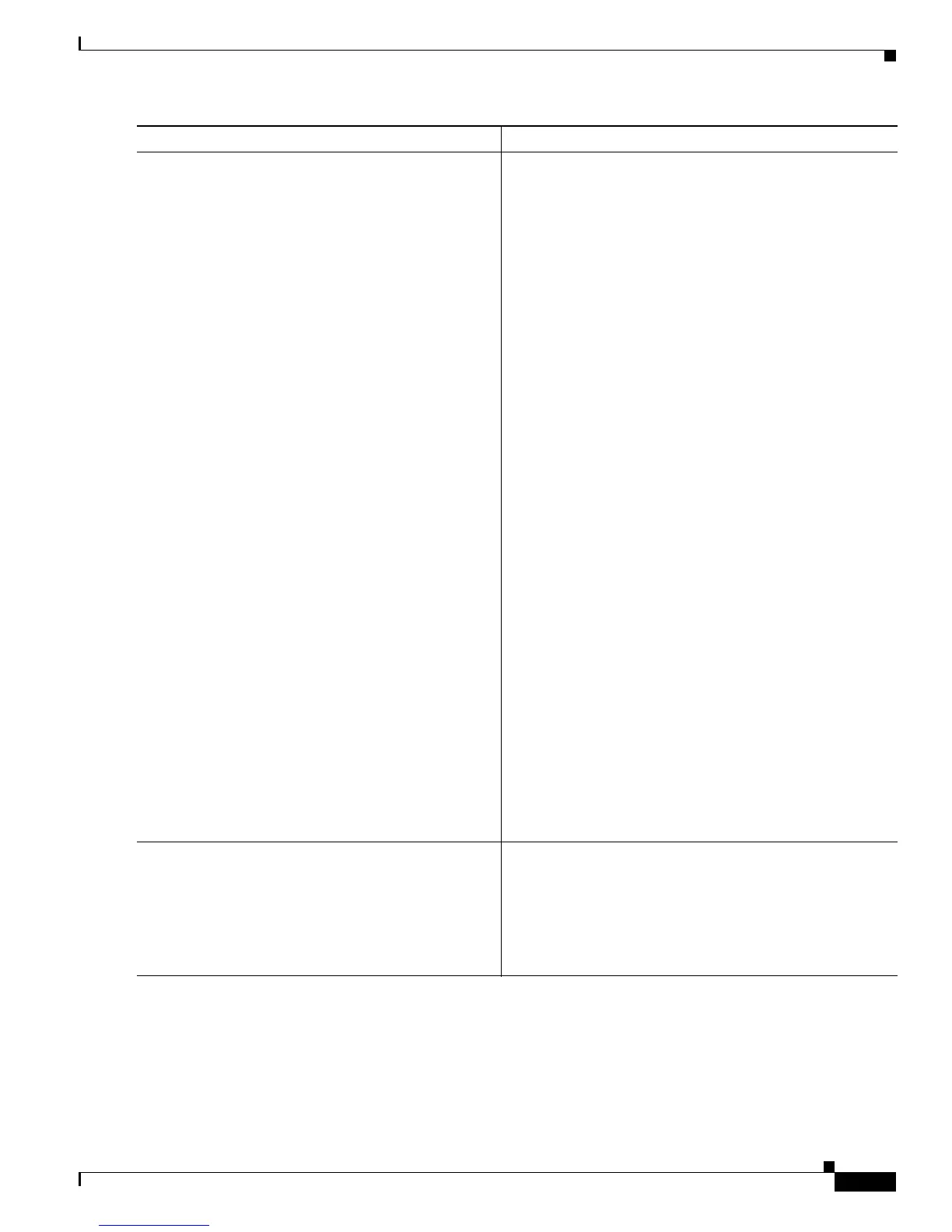